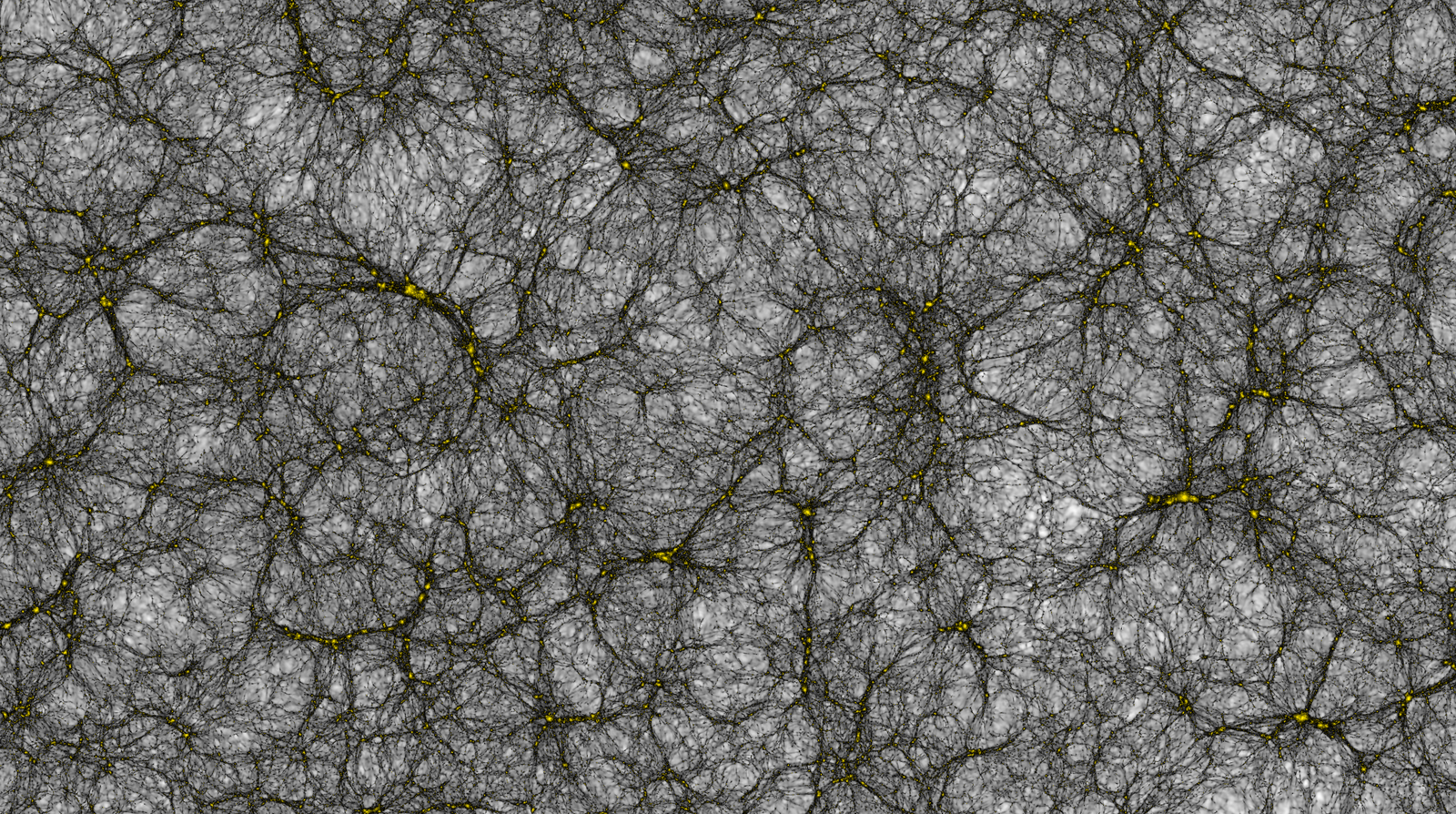Euclid: Exploring the dark universe

The Euclid Mission
ESA's Euclid mission is designed to explore the composition and evolution of the dark Universe. The space telescope will create a great map of the large-scale structure of the Universe across space and time by observing billions of galaxies out to 10 billion light-years, across more than a third of the sky. Euclid will explore how the Universe has expanded and how structure has formed over cosmic history, revealing more about the role of gravity and the nature of dark energy and dark matter.
Euclid at UZH
Prof. Joachim Stadel (Dept. of Astrophysics)
Prof. Aurel Schneider (Dept. of Astrophysics)
Prof. Julian Adamek (Dept. of Astrophysics)